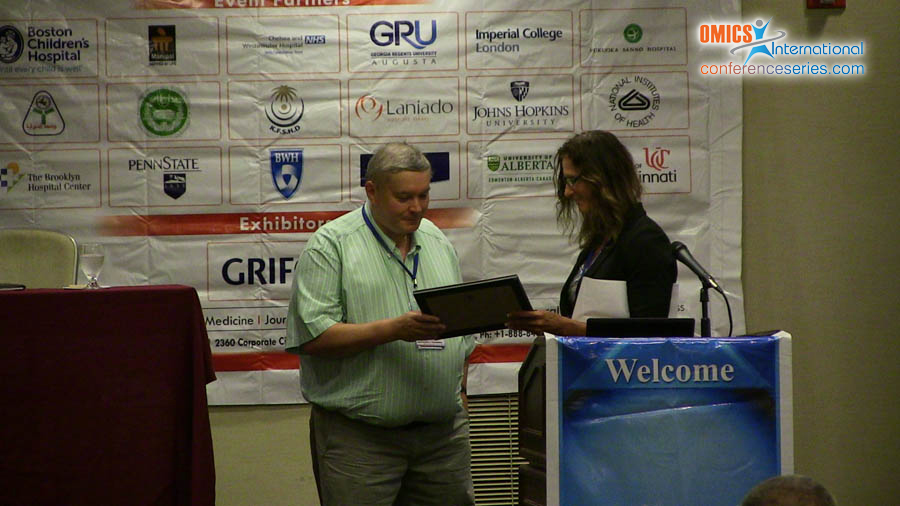
Alexander D Verin
Georgia Regents University, USA
Title: Extracellular purines in lung endothelial barrier regulation
Biography
Biography: Alexander D Verin
Abstract
Endothelial cells (EC) form a semi-permeable barrier between the interior space of blood vessels and the underlying tissues. In acute lung injury (ALI) the EC barrier is weakened leading to increased permeability. The mechanisms that govern the highly clinically relevant process of increased EC permeability are under intense investigation. Little is known about the processes that determine barrier enhancement or preservation. Recently, attention has been given to the therapeutic potential of purinergic agonists in the treatment of cardiovascular and pulmonary diseases. Our data indicate that ATP and its degradation product adenosine are able to protect and restore EC barrier in vitro and in vivo. We and others show that adenosine induces rapid increases in cAMP level and activation of protein kinase A (PKA)/myosin light chain (MLC) phosphatase (MLCP) cascade and this correlates with a significant attenuation of lipopolysaccharide (LPS)-induced EC permeability. In contrast, ATP induced PKA/MLCP activation and EC barrier enhancement without increase in cAMP. We also have shown the involvement of P2Y receptors coupled to Gi2 or Gq (for ATP) and P1 A2A receptors coupled to Gs (for adenosine) in purine-induced EC barrier enhancement. In addition, we have shown that inhibition of MLCP leads to the phosphorylation of several cytoskeletal targets, which correlates with permeability increase suggesting that dephosphorylation of these proteins may be involved in the barrier-enhancing effect. Further, introduction of active MLCP subunits into the lung endothelium reduces LPS-induced lung inflammation strongly supporting the positive role of MLCP activity in EC barrier preservation against ALI in murine model. Collectively, our data strongly suggest that EC barrier preservation induced by extracellular purines is dependent upon activation of specific purinergic receptor/G-protein complexes. Further, purine-induced EC barrier preservation requires the coordinated activation of PKA signaling and MLCP activation leading to EC cytoskeletal changes.


